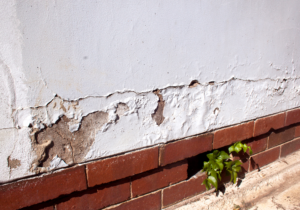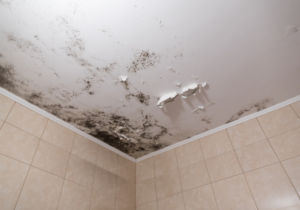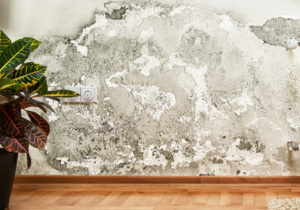What are the sources of damp?

1. Ground water seeps into your home from the foundation
There are vast reserves of water underground, especially in a marshy land/ state like Bengal. This water gets absorbed by the bricks and concrete used in the foundation and it slowly seeps into the home through capillary action. It leads to rising damp that affects the bottom of the walls in ground floors and basements

2. Water from indoor wet areas like bathrooms, kitchens, etc.
A bathroom has numerous concealed water lines running across the walls. Any small leakage there creates water damage on both the bathroom and the adjoining bedroom walls. If the bathroom wall is tiled, the damage may not be visible in the bathroom, but it will be visible in the bedroom wall adjacent to the bathroom.

3. Rainwater seeping in from the roof
Water seeps in from the roof due to absorption from surface and through tiny cracks. This usually leads to damp in the top part of walls and ceiling of the floor.

4. Water seepage from improper window installations
Small gaps and cracks often develop at the edges of the windows. These spaces enable water to trickle in, creating water damage all around the windows.

5. Damp formation from using bricks with high salt content
We often get bricks that have very high salt concentrations. When these bricks are used to build a wall, they cause salt peter efflorescence and lead to the formation of damp.
